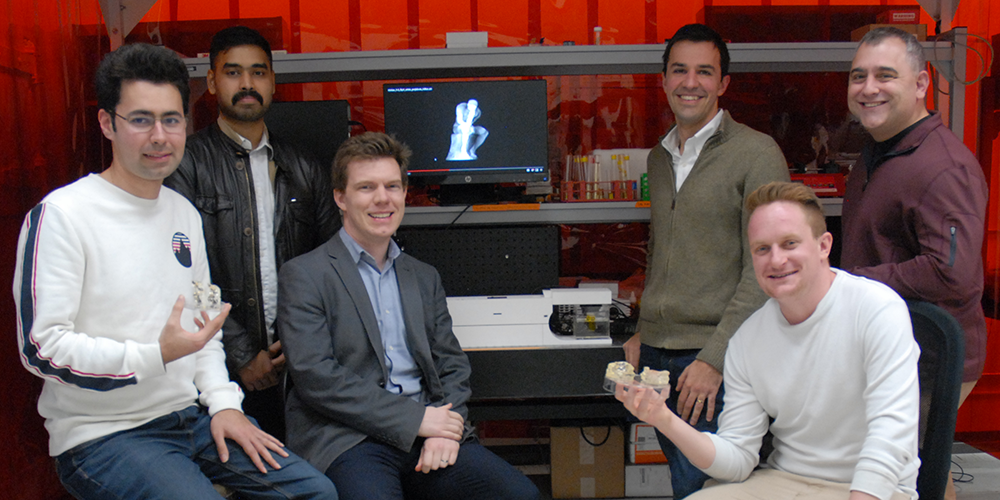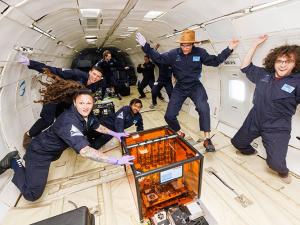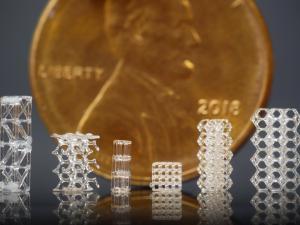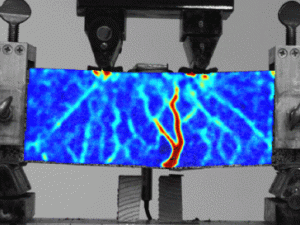

Research Bio
Hayden Taylor is an associate professor in the Department of Mechanical Engineering. His research spans the invention, modeling and simulation of manufacturing processes, with the aim of reducing materials and energy usage to support industrial decarbonization. Current research activities have the following themes: (A) processing of materials for sustainable construction, (B) multi-scale volumetric additive manufacturing, including the process of computed axial lithography, and (C) contact mechanics in semiconductor manufacturing.
Research Expertise and Interest
manufacturing, microfabrication, nanofabrication, semiconductor manufacturing, computational mechanics, nanoimprint lithography





